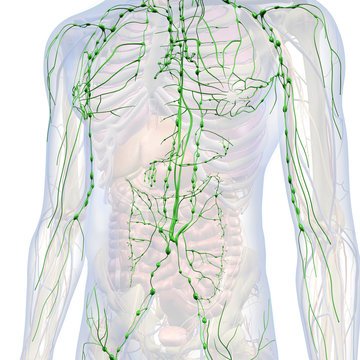Lymphatic Massage
Struggling with edema (fluid retention)?
Need help recovering from a surgery or injury?
Inflammation causing all sorts of pain?
Let’s move some Lymph! What is the Lymphatic System?
How does Manual Lymphatic Drainage work?
Your Licensed Massage Therapist (LMT) has been specifically trained and educated on the lymphatic ducts and mapping of the lymphatic system to ensure proper flow and movement of fluids.
Using the map of your lymphatic system, your LMT utilizes gentle wave like pressure to open the lymphatic ducts and then move fluids towards those ducts.
This fluid movement may help lessen inflammation and fluid retention as a whole to ensure proper filtration of stagnant fluids
Before and After Care:
After your lymphatic session:
be sure to drink more hydrating fluids - stagnant fluids have been moved toward filtering out and need to be replaced by hydrating fluids
limit exercise to light movement as to not cause inflammation to reoccur and to allow for your body to filter the stagnant fluids
Before your lymphatic session:
drink a plenty of hydrating fluids to ensure lymphatic flow has started
reduce your toxin intake
be mindful of your inflammatory food intake
Possible side effects from Manual Lymphatic Drainage:
You may have an increased urge to urinate
You may feel congestion/pressure in your nasal cavity
You may have increased thirst
If you have been exposed to sickness and it’s sitting in your system, lymphatic massage may push that sickness through your system
If you are currently sick, lymphatic massage can worsen your sickness as it’s moving through your body
Ideal or Not Ideal?
Who is NOT ideal?
if you have:
Heart problems
Kidney failure
Blood clots
Infections
Who is ideal for Lymphatic Massage?
if you have:
inflammatory conditions
rheumatoid arthritis
arthritis
fibromyalgia
Chronic venous insufficiency
Lipedema
surgeries/injuries
Edema: swelling/fluid retention
lymphedema
allergies
migraines/headaches
cancer (medical clearance may be required)


